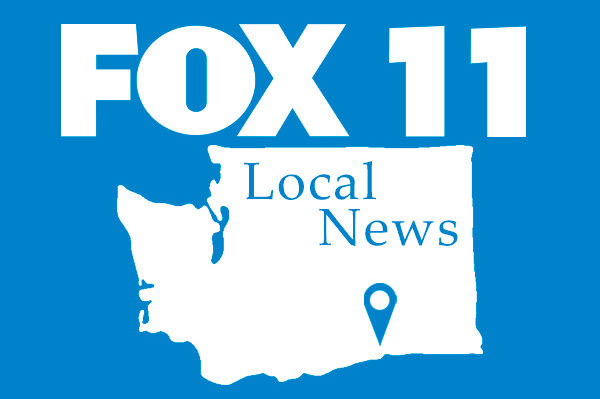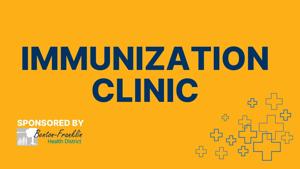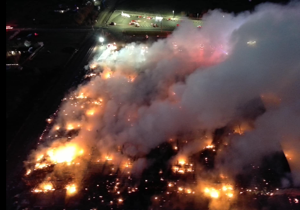
TRI-CITIES, Wash. —
Have you ever wondered what their role is in our ecosystem?
A pollinator is an animal or anything that carries pollen from the male part of a plant to the female part, it can even be from plant to plant.
The most common pollinator is the bee. However, birds, bats, mosquitoes and even flies can be considered pollinators.
According to the Washington Department of Fish and Wildlife, 75% of flowering plants around the world rely on animals to pollinate bare fruits, berries and nuts.
One common pollinator is the bee mimic. Leia Althauser, Conservation Educator with WDFW tells me flies are some of the most common bee mimics.
“They look like bees so that their predators don’t eat them.” says Leia. “They’re doing a lot of the same pollination that bees might be doing as well.”
Invertebrate pollinators are the base of the food chain. They help carry more than just pollen from plant to plant. They help with nutrients and soil formations.
Leia tells me they also help with seeds. “They take seeds and carry them away. The water filtration too.”
She says having native plants can boost pollinators around the world.
For example, in eastern Washington, there’s the migration of Monarch Butterflies. They carry pollen from eastern Washington to northern California. Plants like the milkweed are a native plant easily pollinated.
On the West side of the state, milkweeds may not be as easily pollinated since the migration pattern is focused in the East side.
However, Leia tells me a concern she’s seen growing is more concerning. Plant’s being sold with pesticides tend to stay in the leaves and bloomed flowers.
When animals pollinate or lay their eggs, “they’re eating the milkweeds and they’re actually more likely to die because of the pesticides they’re ingesting.” says Leia.
She says people with yards should look into native plants and pollinator friendly plants to help preserve and conserve.
The department of fish and wildlife shared a list of websites on its Facebook with resources for you to check out.
One website shares all the pollinator friendly plants in your area.
Leia also shares that planting those native plants can be more beneficial to all the insects and animals involved in the pollination process.
Although having a bird feeder is beneficial to the animal, the plant’s don’t see the same amount of pollination as if they were to have plants to feed off of.
WDFW also has a list of how you can create some habitats at home, garden or not.
Lastly, Leia encourages people to know what each animals’ purpose is in the pollination process. Most importantly remember that humans are the only ones that benefit from pollination. One third of all animals also eat fruits and berries. In fact, 60% of a bear’s diet is from pollinated foods.
So the next time you think about wanting to start your own garden, do it. It’s more than just growing your own plants or berries.



